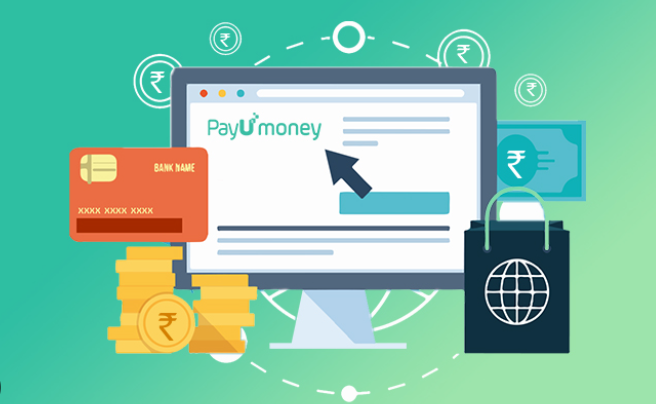Title: Integrating Payment Gateways with Django
Introduction:
Integrating payment gateways into your Django web applications allows you to securely process online transactions, enabling users to make purchases, donations, or subscriptions. In this article, we will explore the process of integrating payment gateways with Django, enabling you to accept payments and handle transactions seamlessly.
- Choosing a Payment Gateway:
- Overview of popular payment gateway options (e.g., PayPal, Stripe, Braintree)
- Factors to consider when selecting a payment gateway for your Django project
- Evaluating features, fees, security, and supported payment methods
- Setting Up Payment Gateway Accounts:
- Registering and creating accounts with the chosen payment gateway provider
- Configuring account settings and obtaining API keys or access tokens
- Verifying and activating payment gateway accounts for live transactions
- Installing Payment Gateway Libraries:
- Installing and configuring the appropriate Python libraries for the chosen payment gateway
- Exploring Django-specific libraries or wrappers for payment gateway integration
- Managing library dependencies and version compatibility
- Implementing Payment Processing Flows:
- Designing payment processing flows in Django views and templates
- Creating forms or user interfaces to collect payment information
- Validating and handling user inputs for payment transactions
- Handling Payment Callbacks and Notifications:
- Configuring webhook URLs or callback endpoints for payment notifications
- Implementing callback views to handle payment success, failure, and other events
- Verifying payment notifications and updating transaction status
- Processing Payments and Charging Customers:
- Generating payment requests and initiating transactions using the payment gateway API
- Handling customer authentication and authorization for secure payments
- Implementing error handling and transaction validation
- Storing Payment Information and Transaction Data:
- Storing payment-related information in Django models or a dedicated database
- Ensuring data security and compliance with payment industry standards (e.g., PCI DSS)
- Implementing encryption and hashing techniques for sensitive payment data
- Managing Payment Refunds and Disputes:
- Implementing refund functionality for handling customer requests or disputes
- Integrating payment gateway APIs to process refunds or chargebacks
- Updating transaction status and handling refund-related notifications
- Testing Payment Gateway Integration:
- Setting up test environments and sandbox accounts provided by payment gateways
- Performing test transactions and simulating different payment scenarios
- Verifying payment responses, callbacks, and data integrity
- Handling Payment Gateway Errors and Exceptions:
- Understanding common payment gateway errors and error handling strategies
- Implementing error logging and notification mechanisms
- Providing user-friendly error messages and fallback options for failed payments
- Security Considerations and Compliance:
- Implementing secure communication channels (HTTPS) for transmitting payment data
- Protecting sensitive information with encryption and secure coding practices
- Complying with payment industry regulations (e.g., PCI DSS) and data protection laws
Conclusion:
Integrating payment gateways with Django enables you to build secure and reliable payment processing functionality in your web applications. By following the steps and best practices outlined in this article, you can seamlessly integrate payment gateways, handle transactions, and provide a smooth payment experience for your users. Remember to prioritize security, test thoroughly, and stay updated with the latest payment industry standards to ensure secure and compliant payment processing in your Django applications.




